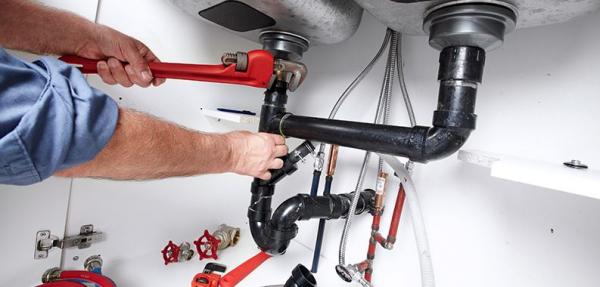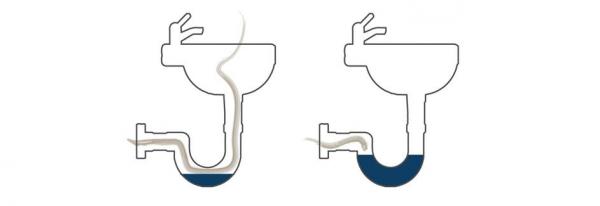(VIDIO) How to change siphon in your toilet?
25.03.2016

Siphon leaks can cause big problems and danger in your bathroom and household, so you need to act fast and solve those situations by changing the siphon. When choosing a new siphon, you must have in mind some basic things. In the following text we will tell you more about them.
There are three types of siphons: PVC, rubber and metal. The purpose for all types is the same. The only difference is that metal siphons look better and nicer under the washbasin, but rubber and plastic ones are easier to install. If you don't want the siphon to be seen, you can mount ceramic stand or semi- stand and the siphon, together with hoses and valves will be hidden.
Regarding siphons for kitchen sinks, there are several types, depending on what type of sink you have, with one or two bowls, and whether you have a sink with big or small drain. Also, there are PVC and rubber siphons. Rubber ones are easier to install than plastic ones. If you want the water from a dishwasher to go out through a siphon, you need to buy a siphon with the inlet connector for the dishwasher hose.
When you want to remove an old siphon, first you need to unscrew the screw which connects a little grille to the lower part of siphon. Carefully hold the lower part of the siphon and empty the water from it into the washbowl. Then, together with the gasket, pull it out of the pipe. After that, place the lower part of a new siphon under the washbasin, making sure that the O-ring completely seals. Finally, from the upper side, affix the screw and the grille.
When you mount the siphon, make sure that you made an adequate curve with the siphon's hose, so that the water can make the so called "water seal" that prevents the penetration of smells from sewage.
When purchasing a new siphon, we recommend that you also buy a new gasket, because it gets damaged over time, too. There are two types of gaskets, depending on the diameter of the siphon hose: Ø32mm and Ø40mm.
Check out the video we prepared for you, and see for yourself that you don’t have to call a plumber for this kind of home repair :)
If you would like to stay up to date, please sign up for our mailing list here.




